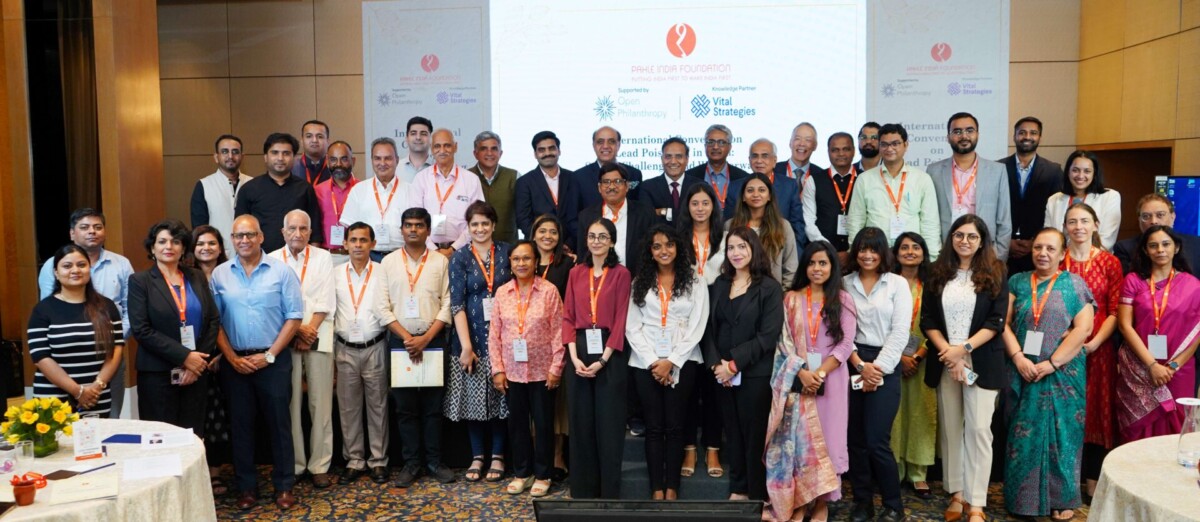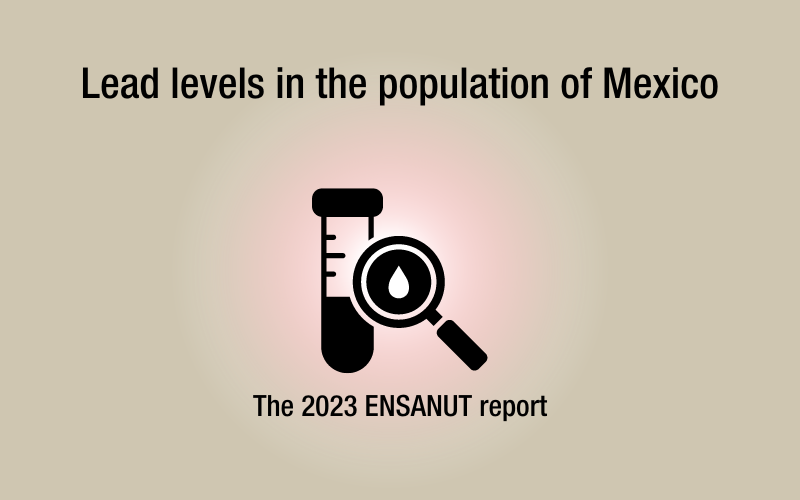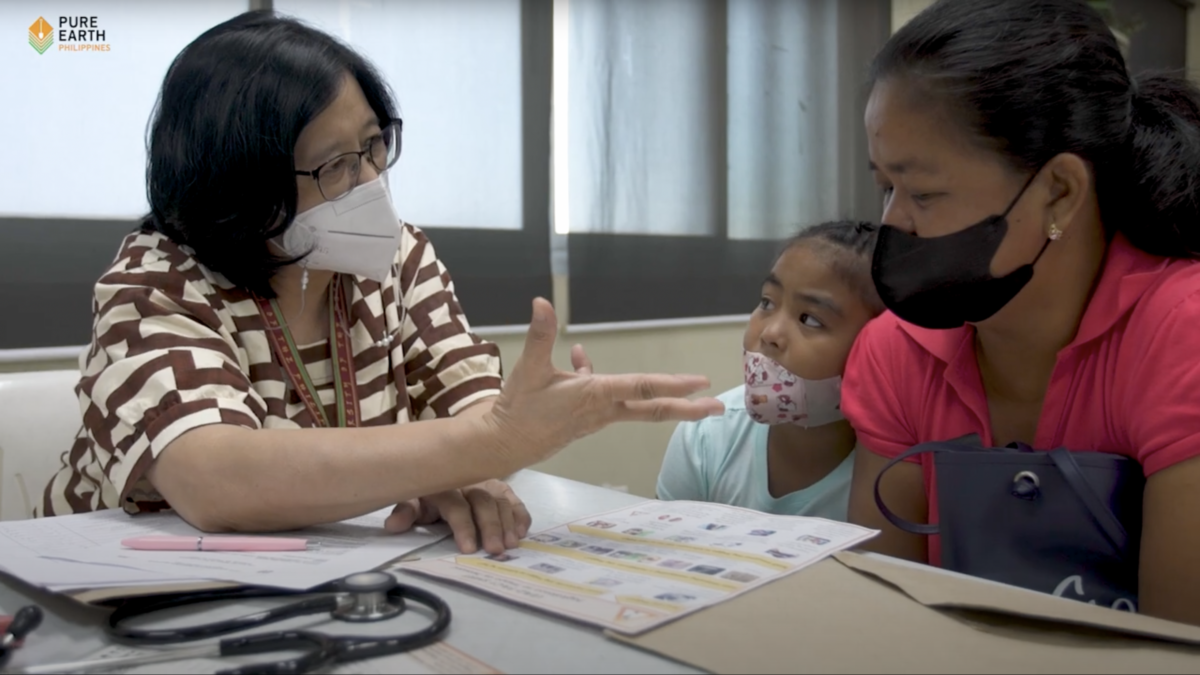With support from the Tauw Foundation, Pure Earth joined Tauw, Lumetallix, and the Vellore Institute of Technology to test a variety of lead detection methods appropriate for under-resourced communities. The research was conducted at multiple toxic sites around Vellore in the Tamil Nadu State of India. A project white paper and a video, New Methods of Detecting Lead in the Environment, about the field research are now available.
Between 2022 and 2023, the researchers evaluated over a dozen methods to detect lead in soil to identify low-cost tools to scale up efforts to prevent lead exposure and poisoning. Current detection methods, such as handheld X-Ray Fluorescence (XRF) analyzers, though effective, are very expensive, require specialized training, thus limiting their accessibility.
“If we can provide a set of tools for residents and local governments to identify a source of lead pollution in a quick and affordable manner, the exposure risk becomes tangible,” said Ilona van der Kroef with TAUW, “and risk mitigation steps can be taken sooner.”
The best available data from Indian institutions and others suggest that half of all children in the country have harmful levels of lead in their blood. Lead exposure results in decreased IQ, behavioral problems, cardiovascular damage, stunted growth, and even premature death. The consequences to public health and economic development are staggering.
The project report, The Assessment Of Lead Detection Methods In Tamil Nadu India And Beyond, details the investigation beginning with an evaluation of 13 potential low-cost lead detection methods, selecting four for further testing: ferric ferrocyanide (Prussian Blue), sodium rhodizonate, RGB Image Recognition, and Lumetallix. Following laboratory and field tests, two methods, sodium rhodizonate and Lumetallix, showed promise and were subjected to comprehensive field trials in Tamil Nadu.
After extensive testing, the research team concluded that when developing lead poisoning prevention programs with community involvement, a combination of the three techniques—sodium rhodizonate, Lumetallix, and handheld XRF analyzer or conventional laboratory analyses—should be viewed as complementary.
Both sodium rhodizonate and Lumetallix could be utilized by communities to pre-screen an area. The Lumetallix test kit offers a practical, affordable and fast solution for large-scale screening, making it a valuable tool for initial mapping and identification of lead pollution hotspots. The sodium rhodizonate test, although more time consuming, provides fewer tests, but with a more definitive indication of soil lead levels above a threshold of concern.
Lukas Helmbrecht, Co-Founder and CEO at Lumetallix explained, “We are working to enhance reactivity for more consistent results at low concentrations and to benchmark sensitivity on various soil samples.”
Emily Nash, with Pure Earth concluded, “Further research is needed to validate these methods across different soil types and contamination sources. Collaboration with local communities and authorities will be crucial in deploying these technologies effectively.”
To learn more, read the project report and watch the research team as they trial the range of methods on-site in Vellore, Tamil Nadu.





